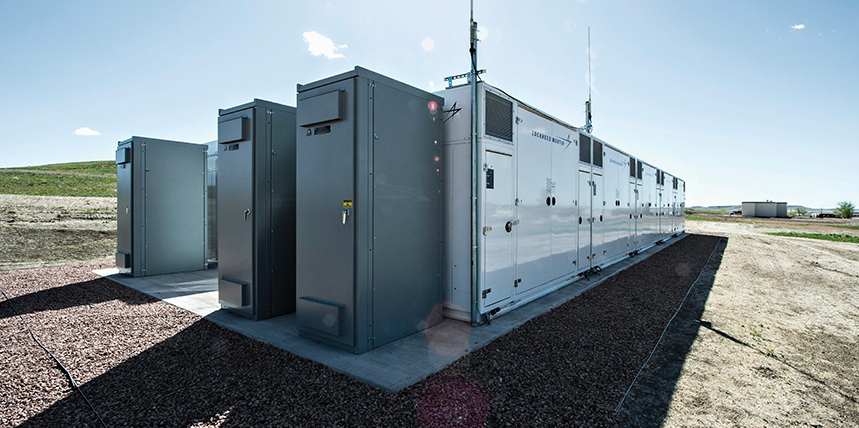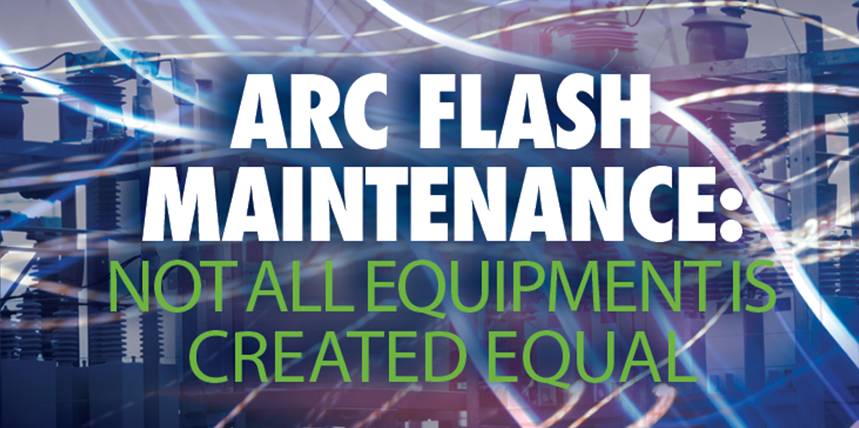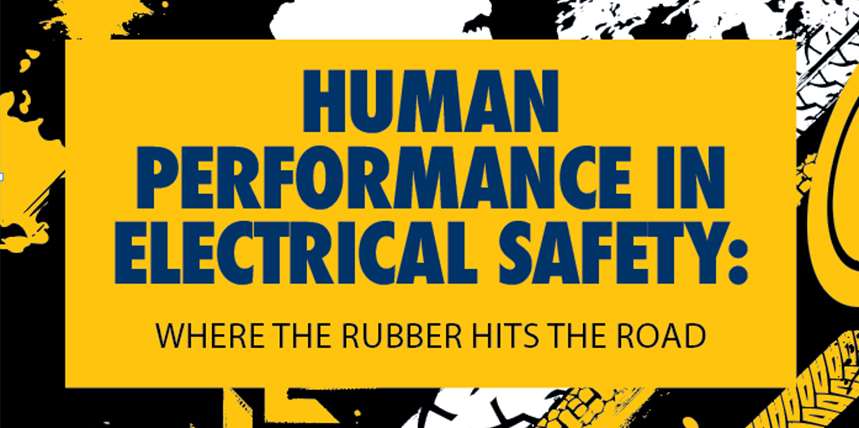The behavioral components of incidents, injuries, and fatalities must be studied and understood to change the safety culture. This element of study has been missing from the data available to assist in improving workplace safety. Often, this type of information has never been compiled and reviewed. Figure 1 shows the relationship between incidents, injuries, and fatalities. As shown in Figure …
Energy Storage Systems: Hazards and Solutions
As energy storage systems (ESS) become more integrated into our society, the National Fire Protection Association (NFPA) provides resources to ensure they are installed safely and that our firefighters are prepared to respond to the safety issues they present. Even though batteries have been around for hundreds of years, new innovations allow us to do more with them than ever …
Arc Flash Maintenance: Not All Equipment Is Created Equal
Not all equipment is created equal when it comes to production objectives versus safety objectives in an electrical power system. Certain devices should be tested and maintained to ensure uptime; others should be inspected to ensure they perform properly to protect workers in an arc flash event. When considering arc flash safety and selecting the associated PPE, the condition of …
Human Performance in Electrical Safety: Where the Rubber Hits the Road
Electrical workers, supervisors, and managers are instinctively aware that getting to the root cause of electrical incidents involving the safety of their people and/or the integrity of their equipment requires insightful questions. Failure to find the foundational root cause is a tragedy that compounds the incident itself. Unfortunately, if the first question asks, “Why did it happen?” the answer often …



